Home>Garden Essentials>What Does Anise Seed Look Like


Garden Essentials
What Does Anise Seed Look Like
Modified: March 16, 2024
Discover the appearance of anise seed in your garden. Learn about the distinctive features and characteristics of this aromatic herb.
(Many of the links in this article redirect to a specific reviewed product. Your purchase of these products through affiliate links helps to generate commission for Storables.com, at no extra cost. Learn more)
Introduction
Welcome to the enchanting world of anise seed! This humble yet remarkable spice has been captivating humans for centuries with its distinctive aroma, delicate taste, and versatile uses. Whether you’re a culinary enthusiast or an herbal remedy seeker, understanding what anise seed looks like is essential for harnessing its full potential.
Anise seed, scientifically known as Pimpinella anisum, is native to the eastern Mediterranean region and has since spread its influence across the globe. Its name is derived from the Greek word “anison,” which means “sweet”. And indeed, anise seed lives up to its name, as it exudes a sweet, licorice-like flavor that can transform ordinary dishes into culinary masterpieces.
In this article, we will delve into the physical characteristics of anise seed, exploring its color, size, shape, texture, odor, and taste. We will also uncover the myriad uses of anise seed in both culinary and medicinal practices. So, sit back, relax, and prepare to embark on a fragrant journey through the mesmerizing world of anise seed.
Key Takeaways:
- Anise seeds are small, oval-shaped, and light brown with a sweet, licorice-like flavor. They add warmth and visual appeal to dishes and can be used as a natural food coloring agent.
- Anise seeds have a smooth texture, release a delightful licorice aroma, and boast a sweet and slightly spicy taste. They are versatile in both culinary and medicinal uses, aiding digestion and adding depth to dishes.
Read more: What Does A Cactus Seed Look Like
Physical Characteristics of Anise Seed
Anise seed possesses a unique set of physical attributes that make it easily recognizable. Let’s explore each characteristic in detail:
Color
Anise seeds are small and oval-shaped, with a vibrant and distinct color. They feature a light brown hue with hints of tan and possess a slightly glossy appearance. When held up to the light, the seeds may exhibit a translucent quality, adding to their visual appeal.
Size and Shape
The size and shape of anise seeds can vary, but they generally measure about 3-5 millimeters in length. They are tiny, but don’t let their small size deceive you – they pack a powerful punch of flavor! Anise seeds have an elongated, oblong shape with rounded ends, resembling small, aromatic grains.
Texture
The texture of anise seeds is smooth and firm, with a slight hardness. They are dry to the touch and have a crispness when bitten into. This texture plays a crucial role in dispersing the seed’s aromatic compounds when crushed or ground, releasing their delightful fragrance.
Read more: What Does Calendula Seeds Look Like
Odor
One of the captivating aspects of anise seed is its alluring aroma. Upon opening a container of anise seeds or crushing them between your fingers, you’ll be greeted by a heavenly scent reminiscent of sweet licorice. The aroma is rich, warm, and pleasantly sweet, instantly transporting you to a world of culinary delights.
Taste
Anise seed boasts a bold and distinctive taste that is both sweet and slightly spicy. The primary flavor note is reminiscent of licorice, making it a popular choice in dishes seeking a unique and memorable taste profile. The subtle spiciness adds depth to the flavor, making anise seed a versatile ingredient in both sweet and savory applications.
Now that we have explored the physical characteristics of anise seed, it’s time to dive into its wide range of uses in culinary and medicinal practices.
Color
Anise seeds are known for their visually appealing color that adds a touch of warmth and vibrancy to any dish. These small oval-shaped seeds feature a light brown hue with hints of tan, creating an earthy and inviting appearance. The color of anise seeds can vary slightly depending on factors such as the maturity of the seed and the region where it is cultivated.
When held up to the light, anise seeds may exhibit a translucent quality, allowing tiny specks of light to pass through. This adds an element of intrigue and visual interest, making anise seeds a delightful ingredient to work with in the kitchen.
The warm brown color of anise seeds is not only aesthetically pleasing but also serves as a visual cue for their distinct flavor profile. It signifies the presence of aromatic compounds that give anise seeds their characteristic taste and scent.
In culinary applications, the color of anise seeds can make a significant impact on the overall appearance of a dish. When incorporated into baked goods like breads, cookies, and cakes, the seeds can add specks of brown, enhancing the visual appeal and hinting at the unique flavor awaiting the taste buds.
Additionally, anise seeds can also be used as a natural food coloring agent. When ground into a fine powder, they can add a delicate brown tint to recipes such as icings, frostings, and confectionary. This natural coloring can be a fantastic alternative to artificial food dyes, providing both visual appeal and a hint of delightful flavor.
So, whether you’re using anise seeds in their whole form or opting to grind them into a powder, the warm and inviting color of these tiny seeds will surely enhance the visual delight of your culinary creations.
Size and Shape
Anise seeds possess a unique size and shape that distinguishes them from other spices and seeds. While they may be small in size, measuring about 3-5 millimeters in length, anise seeds make up for it with their remarkable flavor and versatility in the kitchen.
The seeds are tiny and elongated, with an oblong shape and rounded ends. This shape allows them to be easily handled and incorporated into various recipes. Their small size makes them ideal for finely ground applications, where they can blend seamlessly into batters, doughs, and sauces.
Despite their small stature, anise seeds pack a powerful punch of flavor. A little goes a long way, meaning that just a pinch of these seeds can infuse a dish with their distinctive taste. Whether you choose to use them whole, crushed, or ground, their size ensures that their flavor spreads evenly throughout the dish.
The shape and size of anise seeds also lend themselves well to decorative purposes. When used as a garnish or finishing touch on baked goods or savory dishes, their slender, elongated form adds a delicate and refined touch. You can sprinkle them on top of cookies, cakes, or breads to create an eye-catching pattern or even form intricate designs.
It’s important to note that the size and shape of anise seeds can vary slightly, depending on their origin and growing conditions. However, most anise seeds maintain a consistent profile, ensuring that their distinct appearance and flavor are preserved.
So, whether you’re adding them to savory dishes, incorporating them into sweet treats, or using them as a visually pleasing garnish, the unique size and shape of anise seeds make them a versatile and delightful addition to your culinary repertoire.
Read more: What Does Corn Seed Look Like
Texture
The texture of anise seeds is an important characteristic that adds to their overall appeal and usability in culinary applications. When you touch anise seeds, you’ll notice that they have a smooth and firm texture, with a slight hardness.
The dry and smooth texture of anise seeds makes them easy to handle and work with in the kitchen. Whether you’re adding them to a recipe or grinding them into a powder, their texture allows for effortless incorporation, ensuring that the flavors are evenly distributed throughout the dish.
In addition, the firmness of anise seeds adds a satisfying crunch when bitten into. This texture, combined with their unique flavor, can deliver a delightful sensory experience in every bite. Whether used as a whole seed or crushed, the texture remains intact, providing a pleasant contrast to the other ingredients in a dish.
When anise seeds are crushed or ground, they release aromatic compounds that contribute to their distinct fragrance and flavor. The texture of the seeds aids in the release of these compounds, enhancing their potency and ensuring that their enticing aroma fills the air.
Moreover, the texture of anise seeds plays a crucial role in their medicinal uses. In traditional herbal medicine, anise seeds are often ground into a fine powder to create herbal remedies, such as teas or tinctures. The powdered texture allows for easy extraction of the seed’s beneficial properties, making it convenient for those seeking natural remedies.
So, whether you’re enjoying the slight crunch of anise seeds in a dish or harnessing their texture for medicinal purposes, their smooth and firm texture adds a pleasant dimension to your culinary and health endeavors.
Odor
The aroma of anise seeds is truly captivating and is often the first characteristic that draws people in. When you open a container of anise seeds or crush them between your fingers, you’ll be greeted by a delightful and enchanting fragrance.
The aroma of anise seeds can be described as sweet, warm, and reminiscent of licorice. It has a rich and inviting quality that instantly stimulates the senses and evokes feelings of comfort and familiarity.
Upon inhaling the scent of anise seeds, you’ll notice its sweet undertones, which can be attributed to the aromatic compounds present in the seeds. These compounds, such as anethole, contribute to the distinct fragrance and flavor of anise seeds.
The sweet aroma of anise seeds not only makes them a pleasure to work with in the kitchen but also adds depth and complexity to a wide range of dishes. Whether you’re using anise seeds in baking, cooking, or even mixology, their fragrance can elevate the overall sensory experience.
In the world of culinary arts, the aroma of anise seeds makes them a popular choice in desserts, infusions, and spice blends. They can impart a unique and enticing scent to cookies, cakes, pastries, and even hot beverages like teas and mulled wines. The aroma lingers in the air, creating an inviting atmosphere that awakens the taste buds and heightens the enjoyment of the culinary creations.
Beyond the realm of cuisine, the aroma of anise seeds has also found its place in aromatherapy and natural remedies. Inhaled through essential oils or used in fragrances, anise seed oil is believed to have calming and soothing properties. Its aroma can promote relaxation and help alleviate stress and anxiety.
So, next time you encounter the aroma of anise seeds, take a moment to appreciate its sweet and comforting nature. Whether you’re using them in your favorite recipes or harnessing their fragrance for therapeutic purposes, the scent of anise seeds is sure to transport you to a world of sensory delight.
Taste
The taste of anise seeds is truly unique and captivating, with a flavor profile that stands out among other culinary ingredients. Their taste can be described as sweet and slightly spicy, with distinct notes of licorice.
When you bite into or chew anise seeds, the initial sensation is one of sweetness, which is characteristic of the aromatic compounds present in the seeds. This natural sweetness adds a delightful touch to dishes and can balance out other flavors in recipes.
Alongside the sweetness, anise seeds also have a subtle spiciness. This adds depth and complexity to their taste, making them a versatile ingredient in both sweet and savory applications. The spiciness is mild and not overpowering, allowing the delicate licorice-like flavor to shine through.
The licorice-like taste of anise seeds is what sets them apart from other spices. It is reminiscent of traditional licorice candy, with a distinct herbal and slightly floral undertone. This unique flavor can add a touch of sophistication and intrigue to a wide range of dishes.
Anise seeds are a popular choice in baking and confectionery. Whether used in cookies, cakes, or pastries, they can infuse the finished product with their delightful taste, adding layers of complexity to the overall flavor profile. Anise seeds also pair well with fruits, chocolate, and nuts, creating interesting and memorable combinations.
In savory recipes, anise seeds can impart a unique twist to dishes. They are often used in soups, stews, and curries to enhance the flavor and add a hint of sweetness. Anise seeds can also complement vegetables such as carrots, fennel, and root vegetables, providing a harmonious balance of flavors.
Furthermore, anise seeds are a popular choice in herbal teas and infusions. When steeped in hot water, they release their sweet and spicy flavors, creating a beverage that is both soothing and refreshing. Anise seed tea is known for its calming properties and is often used to aid digestion or promote relaxation.
So, whether you’re using anise seeds to add depth to your baked goods, create intriguing savory dishes, or enjoy a comforting cup of tea, their sweet, spicy, and licorice-like taste will leave a memorable impression on your palate.
Uses of Anise Seed in Culinary and Medicinal Purposes
Anise seeds have been cherished for centuries for their culinary and medicinal properties. Let’s explore the diverse range of uses for anise seeds in both realms:
Read more: What Does Cumin Seeds Look Like
Cooking and Baking
Anise seeds are a beloved ingredient in the culinary world, adding a unique flavor and aroma to a variety of dishes. Here are some popular culinary uses of anise seeds:
- Baking: Anise seeds are commonly used in baked goods like cookies, breads, and cakes. They can be ground and incorporated into doughs and batters to infuse them with a sweet and slightly spicy taste.
- Sweets and Desserts: Anise seeds can be used to flavor syrups, icings, and glazes, adding a delightful licorice-like note. They can also be sprinkled on top of candies, chocolates, and pastries for a visually appealing touch.
- Savory Dishes: Anise seeds are often used in savory recipes, such as soups, stews, and curries. They can add depth and complexity to these dishes, balancing out flavors and providing a touch of sweetness.
- Beverages: Anise seeds are used in the production of alcoholic beverages like absinthe, ouzo, and arak. They can also be steeped in hot water to make herbal teas with a soothing and aromatic quality.
Herbal Remedies and Traditional Medicine
Anise seeds have a long history of use in traditional medicine and herbal remedies. Here are some medicinal uses of anise seeds:
- Digestive Aid: Anise seeds are known for their carminative properties, which can help alleviate digestive discomforts such as bloating, gas, and indigestion. Anise seed tea is often consumed to support healthy digestion.
- Cough and Respiratory Health: The essential oil derived from anise seeds may help soothe coughs and respiratory irritations. It is commonly used as an expectorant and may provide relief from colds, bronchitis, and congestion.
- Milk Production: Anise seeds have been traditionally used to support lactation in nursing mothers. It is believed to stimulate milk production and can be consumed in various forms, such as herbal teas or added to lactation-enhancing recipes.
- Menstrual Support: Anise seeds are known for their estrogen-like properties and have been used to address menstrual symptoms such as cramps and irregular periods. Anise seed tea or tinctures may be used for this purpose.
While anise seeds have a range of culinary and medicinal uses, it’s important to note that they should be consumed in moderation. If you have any underlying health conditions or are taking medications, it’s advisable to consult with a healthcare professional before incorporating anise seeds into your diet or using them for medicinal purposes.
Now that you have discovered the versatile uses of anise seeds, it’s time to explore how they can be used as substitutes in culinary creations.
Cooking and Baking
Anise seeds are prized for their unique flavor and aroma, making them a popular ingredient in cooking and baking. Their sweet and slightly spicy taste, with hints of licorice, adds depth and complexity to a variety of dishes. Let’s explore some of the culinary uses of anise seeds:
Baking:
In the realm of baking, anise seeds are a delightful addition to a wide range of treats. They can be used in both sweet and savory baked goods, infusing them with their distinct flavor profile. Here are a few ways anise seeds can be incorporated into baking:
– Anise Cookies: Anise seeds can be added to cookie doughs, lending their unique taste and aroma. These cookies are often flavored with anise extract and may feature a sprinkling of whole or crushed anise seeds on top for added visual appeal.
– Breads and Pastries: Anise seeds can be incorporated into bread doughs, adding a subtle sweetness and aromatic notes. They can also be featured in pastries like scones, biscuits, or turnovers, providing a delightful twist to these baked treats.
– Cakes and Desserts: Anise seeds can be ground and added to cake batters, such as sponge cakes or pound cakes, creating a deliciously fragrant dessert. They can also be used to flavor custards, puddings, or ice creams, adding a unique touch to these sweet indulgences.
Read more: What Does Cotton Seed Look Like
Savory Dishes:
Anise seeds are not limited to sweet creations, as they can bring a delightful twist to savory dishes. Here are a few examples of how anise seeds can be used in cooking:
– Soups and Stews: Anise seeds can be added to broths, stocks, and soups, imparting a subtle sweetness and enhancing the overall flavor profile. They pair particularly well with root vegetables, legumes, and meats, adding depth and complexity to these comforting dishes.
– Sauces and Marinades: Anise seeds can be ground or crushed and added to sauces and marinades, providing a unique twist to dressings, gravies, or glazes. Their flavor blends well with ingredients like citrus, ginger, soy sauce, and honey, creating a harmonious balance of tastes.
– Meat and Poultry: Anise seeds can be used as a seasoning for meat and poultry dishes, adding a hint of sweetness and aromatic notes. They work well with chicken, pork, lamb, and even seafood, creating a flavorful and memorable dining experience.
Beverages:
Anise seeds are also commonly used in the creation of beverages, both alcoholic and non-alcoholic. Here are a few ways anise seeds can be incorporated into drinks:
– Herbal Teas: Anise seeds can be steeped in hot water to create a soothing and aromatic herbal tea. The tea has a mild sweetness and is often enjoyed for its relaxing and digestive properties.
– Liqueurs and Spirits: Anise seeds are a key ingredient in various liqueurs and spirits, such as absinthe, ouzo, and anisette. These beverages have a distinct licorice flavor and are popular in many Mediterranean and Middle Eastern countries.
– Mocktails and Infusions: Anise seeds can be used to infuse non-alcoholic beverages as well. They can be added to fruit juices, herbal concoctions, or even homemade soda syrups, providing a unique and refreshing taste experience.
With their versatility in the culinary world, anise seeds offer endless possibilities for creating flavorful and memorable dishes. Whether in baking, cooking, or beverage-making, anise seeds are sure to add a touch of magic to your culinary creations.
Herbal Remedies and Traditional Medicine
Throughout history, anise seeds have been highly regarded in traditional medicine and herbal remedies. The seeds possess unique properties that have made them a valuable ingredient in various healing practices. Let’s explore the traditional uses of anise seeds in herbal remedies:
Digestive Aid:
Anise seeds have long been recognized for their digestive properties. They are known for their carminative effects, which can help alleviate common digestive discomforts such as bloating, gas, and indigestion. Anise seed tea is a popular remedy for soothing the digestive system and promoting healthy digestion. It is believed to aid in the breakdown of food, easing discomfort and promoting better nutrient absorption.
Read more: What Does Crabgrass Seed Look Like
Cough and Respiratory Health:
For centuries, anise seeds have been used to alleviate coughs and respiratory ailments. They possess expectorant properties, which can help loosen mucus, making it easier to expel. Anise seeds or their derivatives, such as anise essential oil, are often included in cough syrups, herbal teas, and soothing balms for respiratory relief. They are believed to help soothe throat irritation, reduce cough frequency, and provide comfort to those suffering from respiratory conditions such as bronchitis or colds.
Milk Production:
Anise seeds have been traditionally used as a galactagogue, which is a substance that promotes milk production in nursing mothers. Drinking anise seed tea or incorporating anise seeds into lactation-enhancing recipes has been believed to stimulate the production of breast milk. It is thought that anethole, an aromatic compound found in anise seeds, can have estrogen-like effects, possibly aiding in the production of prolactin, a hormone involved in milk production. However, it’s important to consult with a healthcare professional before using anise seeds for this purpose.
Menstrual Support:
Anise seeds have been used to address menstrual symptoms in traditional medicine. They are believed to possess properties that can help regulate menstruation and alleviate menstrual discomforts such as cramps and irregular periods. Anise seed tea or tinctures may be used to help balance hormones and promote a healthy menstrual cycle. However, it’s important to note that individual experiences may vary, and it’s advisable to seek guidance from a healthcare professional before using anise seeds for this purpose.
While anise seeds have a history of use in traditional medicine, it’s important to approach their use with caution and consult with a healthcare professional before incorporating them into your health regimen. Anise seeds may interact with certain medications or have contraindications for specific health conditions.
It’s fascinating to explore the rich history and wide-ranging applications of anise seeds in both culinary and medicinal practices. Whether used in the kitchen or as herbal remedies, anise seeds continue to captivate with their distinct flavor, aroma, and potential health benefits.
Anise Seed Substitutes
While anise seeds have a unique flavor and aroma, there may be times when you need to find a suitable substitute. Whether you’re experimenting with a recipe or simply don’t have anise seeds on hand, here are some alternatives that can help provide a similar flavor profile:
Read more: What Does A Broccoli Seed Look Like
Fennel Seeds:
Fennel seeds are the closest substitute for anise seeds. They belong to the same family and share a similar taste, with a sweet and slightly licorice-like flavor. Fennel seeds can be used as a 1:1 replacement for anise seeds in recipes. However, it’s important to note that fennel seeds have a milder flavor, so you may need to use a slightly larger quantity to achieve the desired intensity of taste.
Star Anise:
As the name suggests, star anise has a strong resemblance to anise seeds in terms of flavor and aroma. It has a more pronounced licorice taste and a slightly spicier profile. Star anise is best used as a substitution in recipes that require ground anise seeds or whole anise seeds. It can provide a similar taste, but with a slightly different visual appearance due to its star-shaped pods.
Cardamom Seeds:
Cardamom seeds can be used as an alternative to anise seeds, although they have a different flavor profile. Cardamom seeds have a complex and slightly citrusy taste with hints of warmth. They can add a flavorful twist to your dishes and work well in both sweet and savory recipes. Use cardamom seeds in a 1:1 ratio as a substitute for anise seeds, keeping in mind that the taste will differ.
Caraway Seeds:
Caraway seeds can provide a similar earthy and slightly sweet flavor to anise seeds. While they have a distinct taste, their aromatic profile pairs well with various dishes. Caraway seeds are commonly used in baking, particularly in breads, and can be used as a substitute for anise seeds in equal amounts. Keep in mind that caraway seeds have a slightly different flavor profile, so the taste of the final dish may be different.
Read more: What Does Mustard Seed Look Like
Other Options:
If the aforementioned substitutes are not available, you can explore other possibilities to replace anise seeds. Some options include using ground licorice root, fennel bulb, or even a combination of spices such as cinnamon, cloves, and nutmeg. Experimentation with these alternatives can provide unique flavor profiles to your dishes, offering an exciting twist.
Keep in mind that while these substitutes can provide a similar taste, they may not completely replicate the distinct flavor of anise seeds. It’s always best to choose the substitute that best complements the recipe and fits your personal preferences.
With these alternatives at your disposal, you can confidently continue exploring new flavors and creating delicious dishes, even when anise seeds are not on hand!
Conclusion
Anise seeds, with their unique physical characteristics, captivating aroma, and distinct taste, have become a staple ingredient in both culinary and medicinal practices. Their vibrant color, small oval shape, smooth texture, delightful fragrance, and sweet, slightly spicy flavor make them a versatile and enchanting addition to any recipe.
In the culinary world, anise seeds offer a multitude of possibilities. Whether you’re baking delectable treats, enhancing savory dishes, or creating refreshing beverages, anise seeds bring depth and complexity to your culinary creations. From anise cookies and breads to soups and sauces, the taste and aroma of anise seeds create memorable experiences in the kitchen and at the dining table.
Beyond the realm of cooking, anise seeds have a long history of use in herbal remedies and traditional medicine. Their properties, ranging from aiding digestion to supporting lactation and addressing respiratory discomforts, have made them a sought-after ingredient in many natural health practices. However, it’s important to approach their use with caution and seek advice from healthcare professionals before incorporating them into your health regimen.
If you find yourself without anise seeds, there are several substitutes that can provide similar flavors and aromas. Fennel seeds, star anise, cardamom seeds, and caraway seeds offer alternatives that can bring a touch of that licorice-like taste to your dishes, allowing you to explore new flavors and create delicious culinary experiences.
Whether you’re a culinary enthusiast or someone seeking natural remedies, understanding the visual and sensory characteristics of anise seeds is essential. With their enticing aroma, distinctive taste, and a wide range of uses, anise seeds continue to captivate and inspire, adding a touch of magic to your culinary creations and health endeavors.
So next time you encounter anise seeds, take a moment to appreciate their beauty, aroma, and versatility. Embrace the possibilities they bring to your kitchen and embrace their potential to create flavorful delights and promote well-being. Let anise seeds be your guide on a journey of culinary exploration and natural healing.
Frequently Asked Questions about What Does Anise Seed Look Like
Was this page helpful?
At Storables.com, we guarantee accurate and reliable information. Our content, validated by Expert Board Contributors, is crafted following stringent Editorial Policies. We're committed to providing you with well-researched, expert-backed insights for all your informational needs.
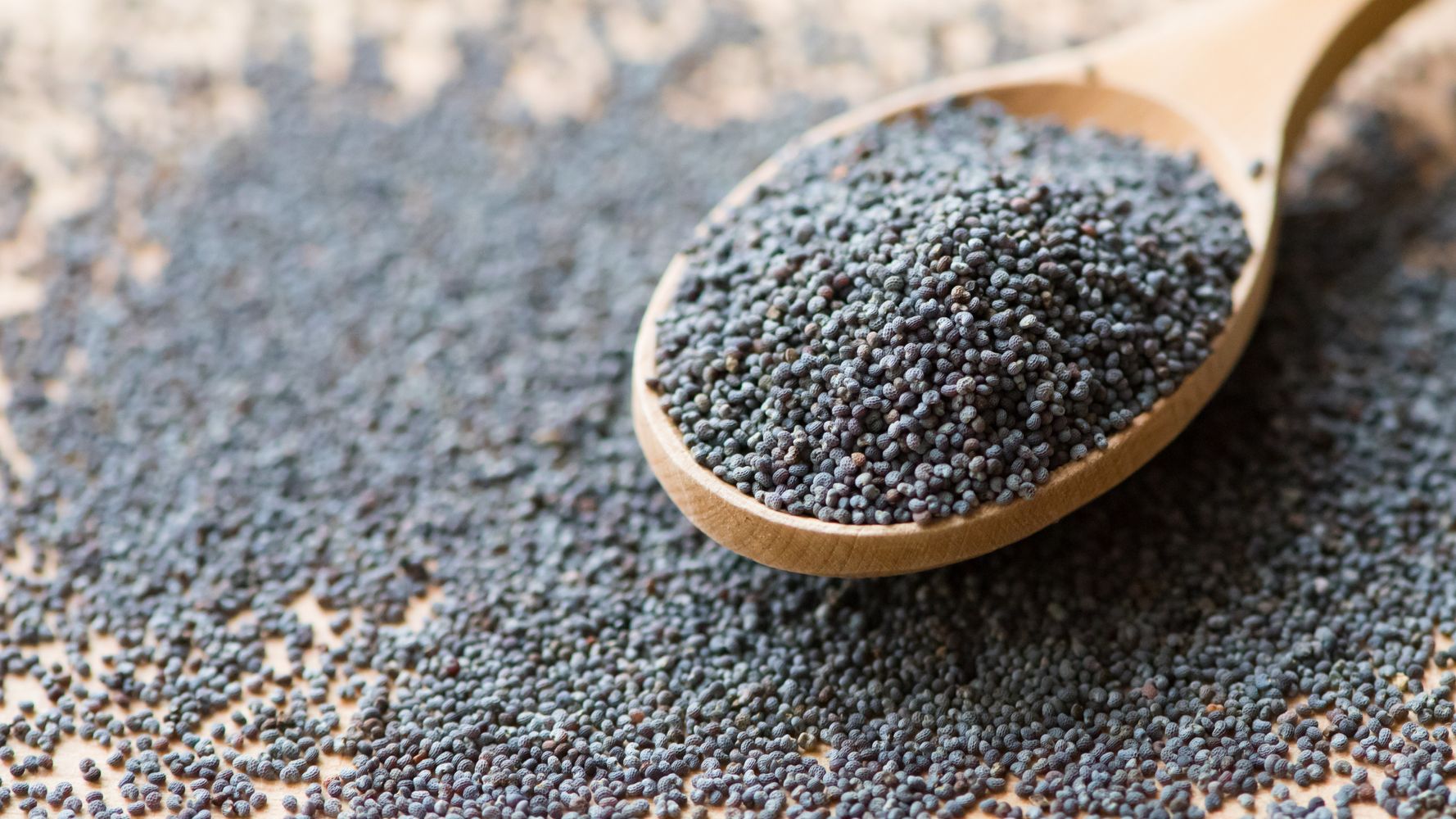
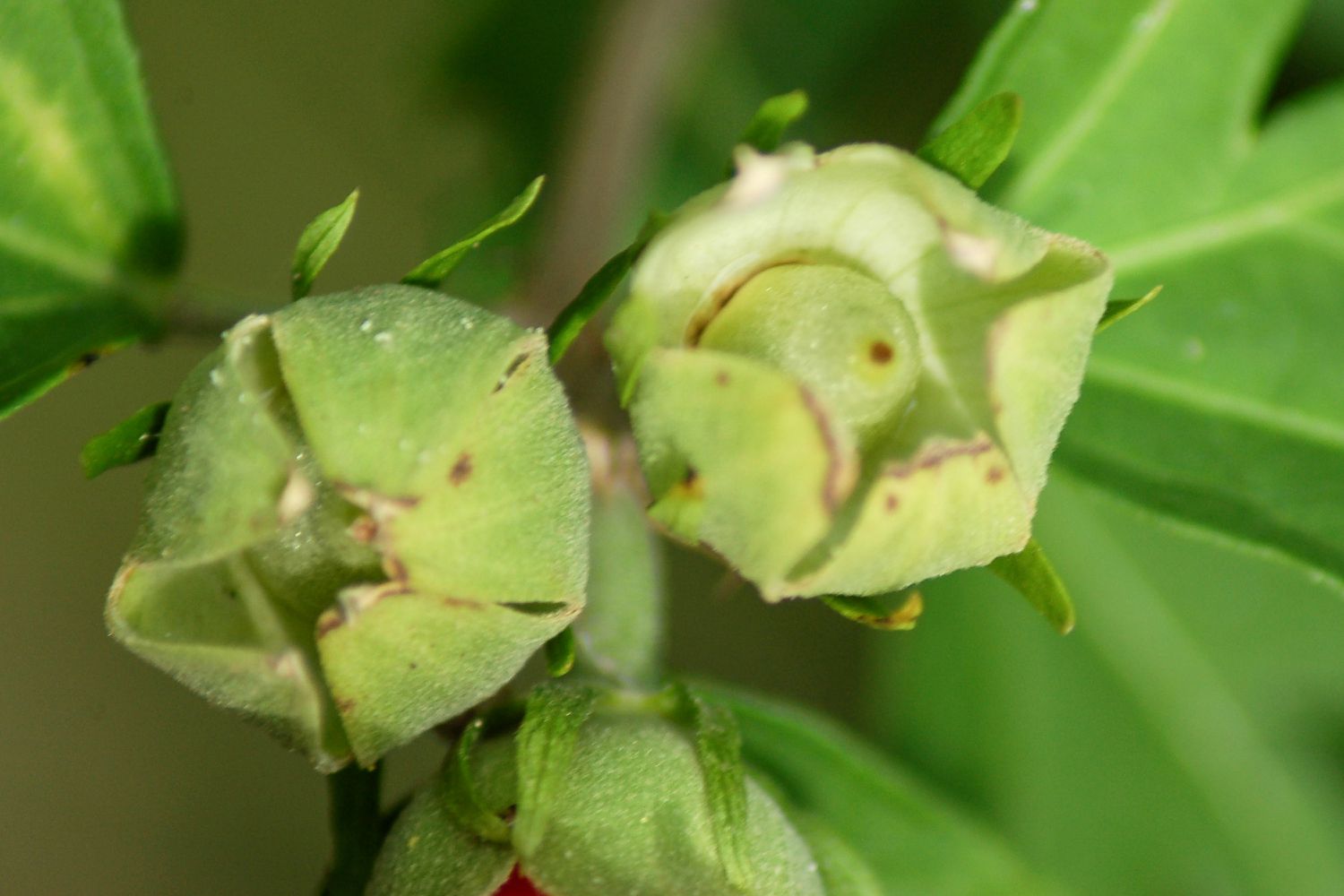
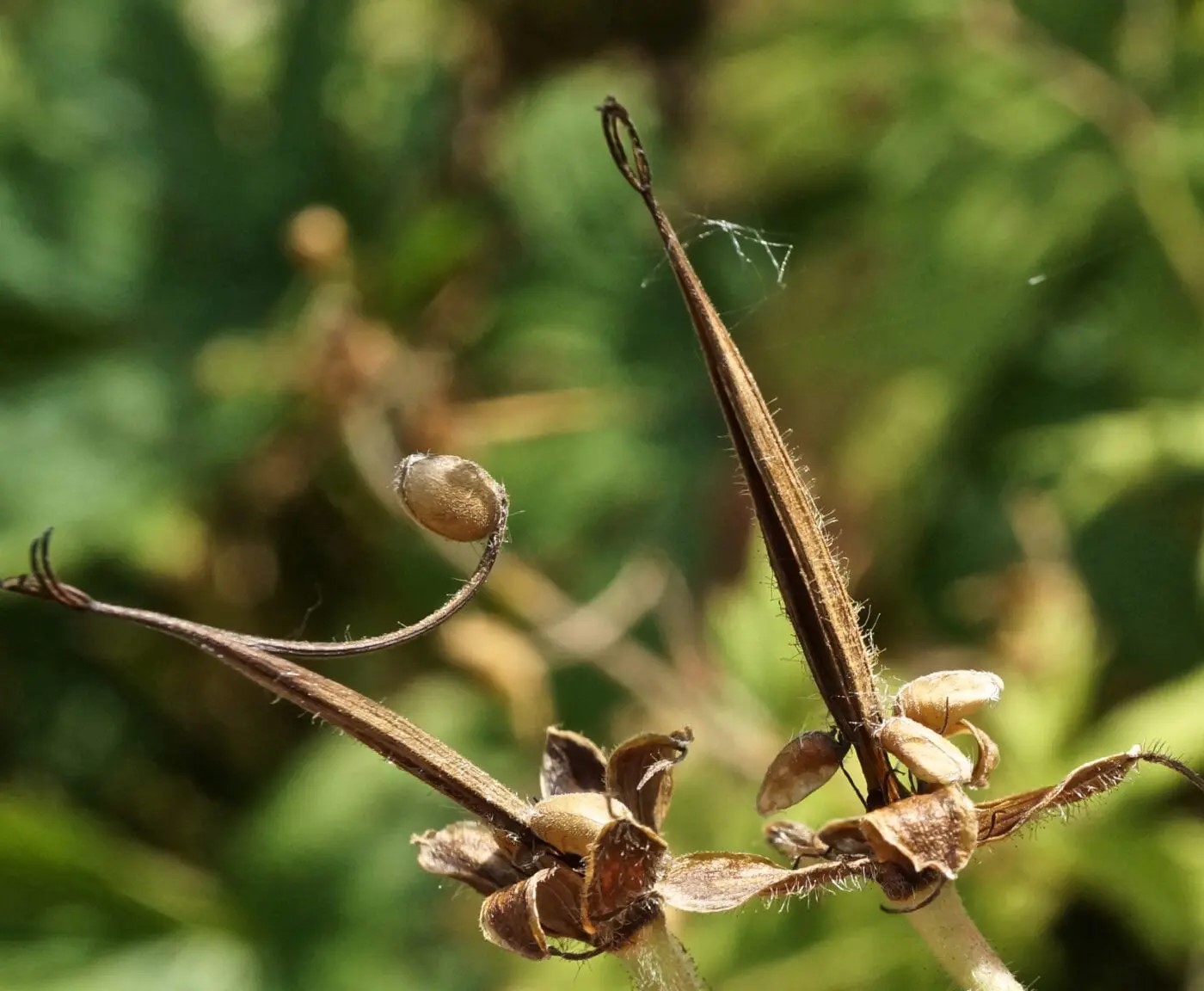
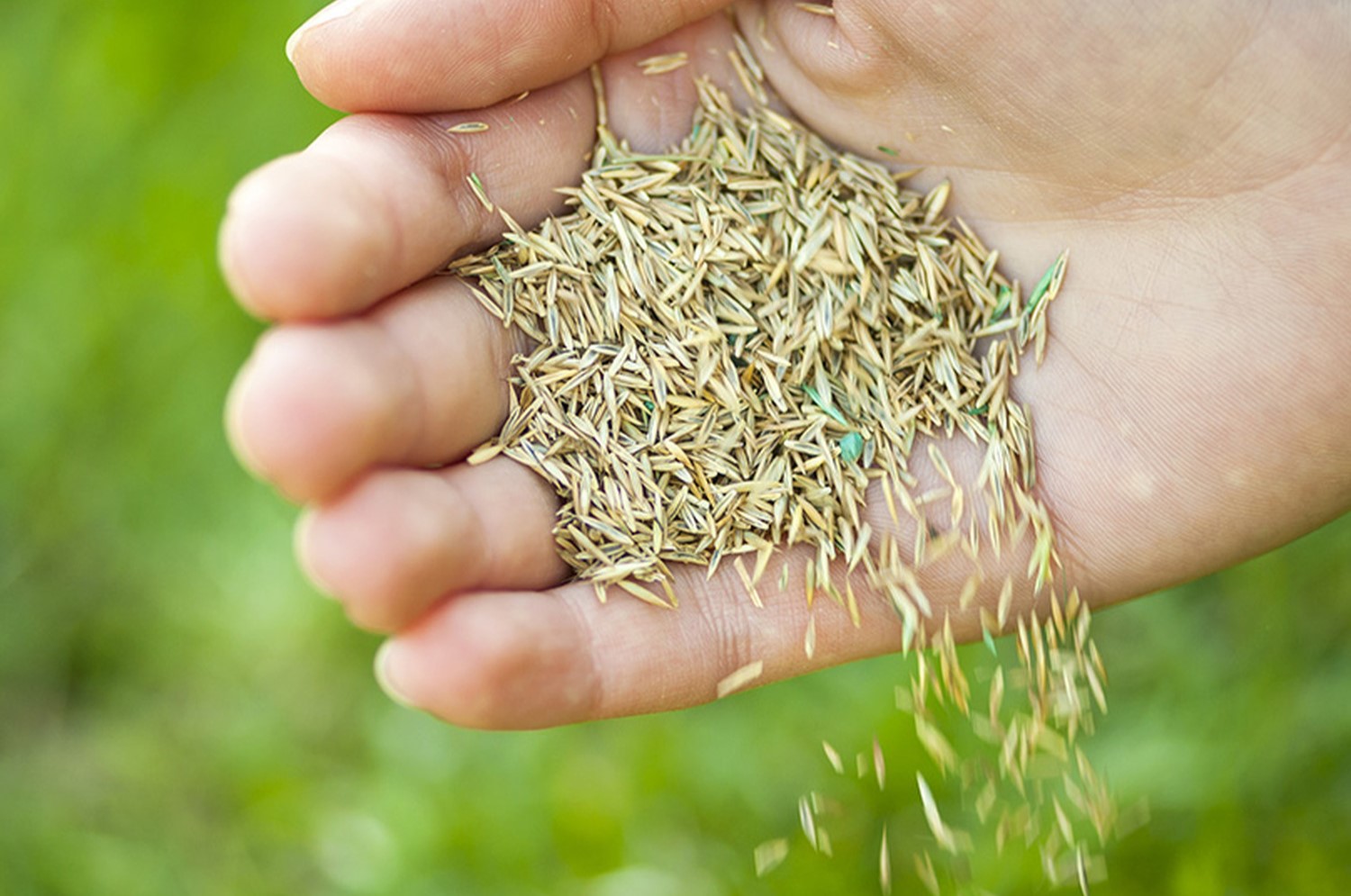
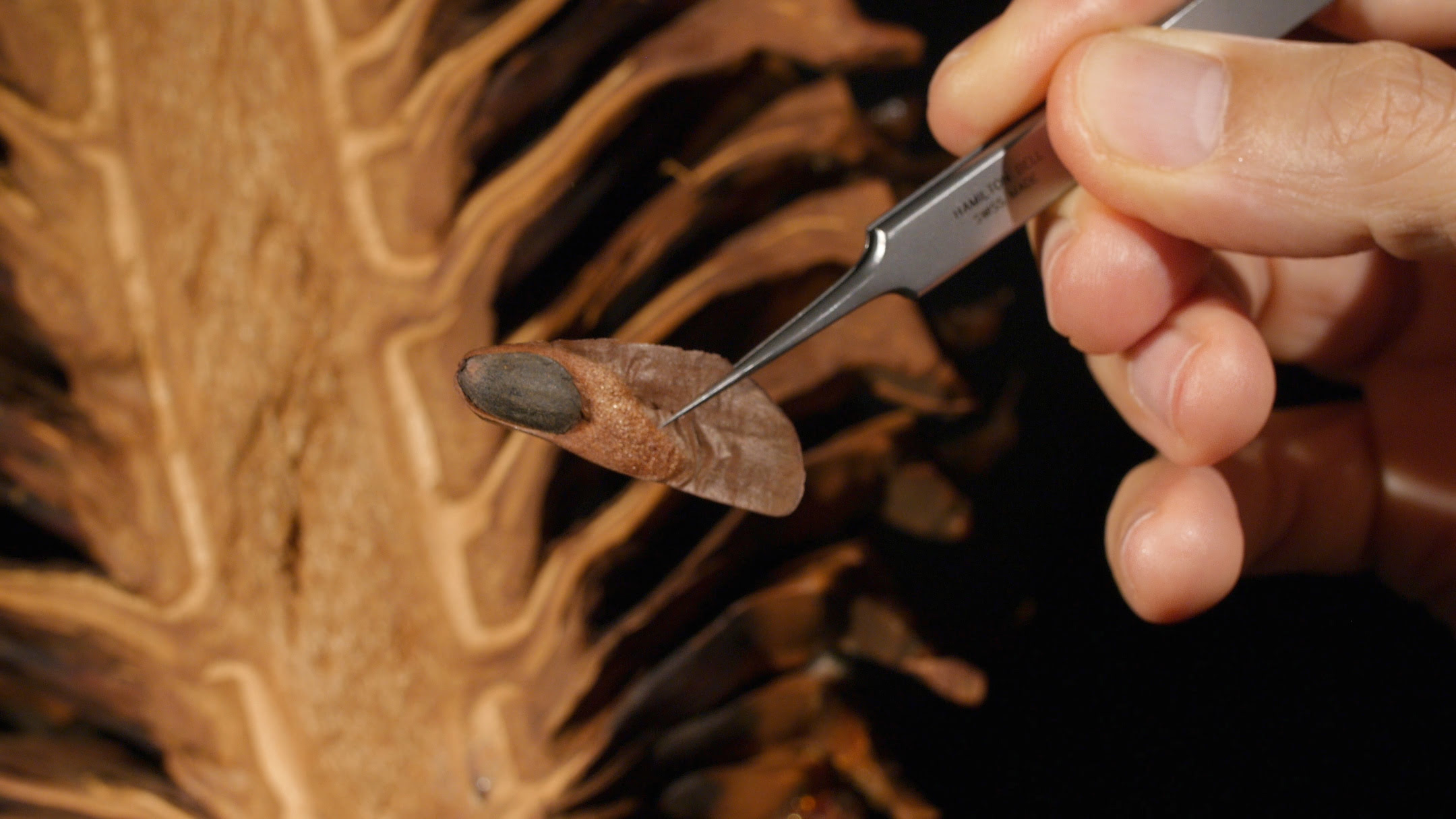
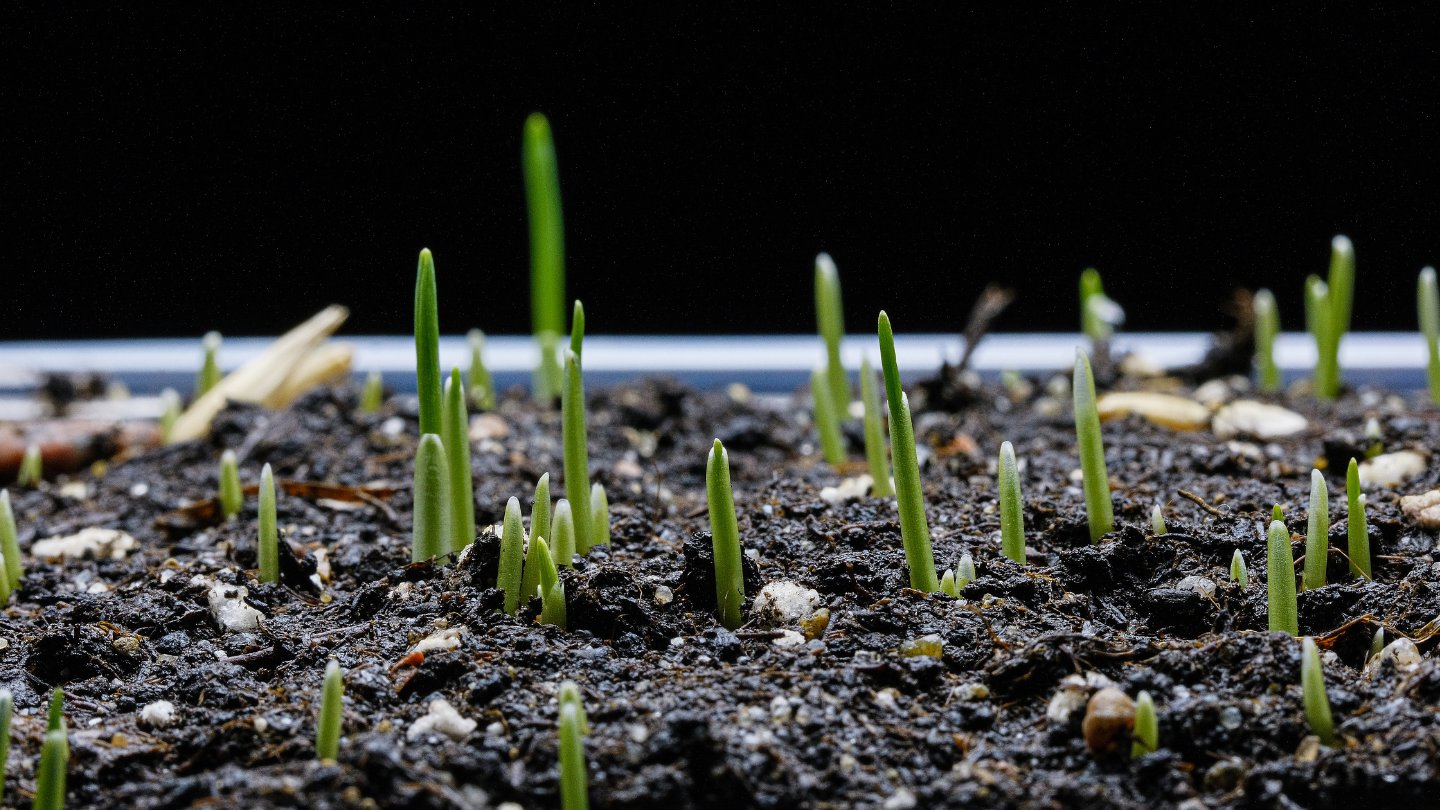

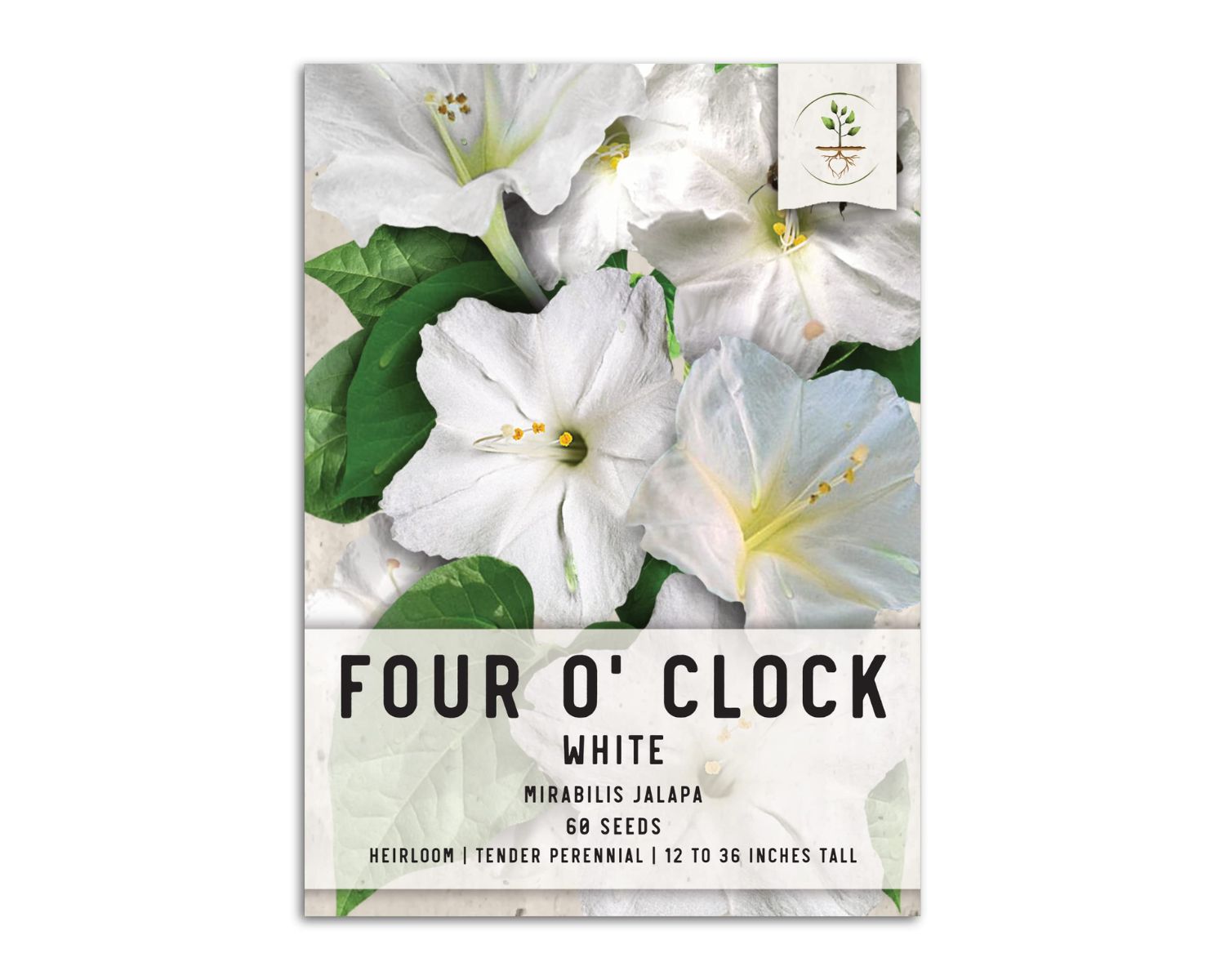

0 thoughts on “What Does Anise Seed Look Like”